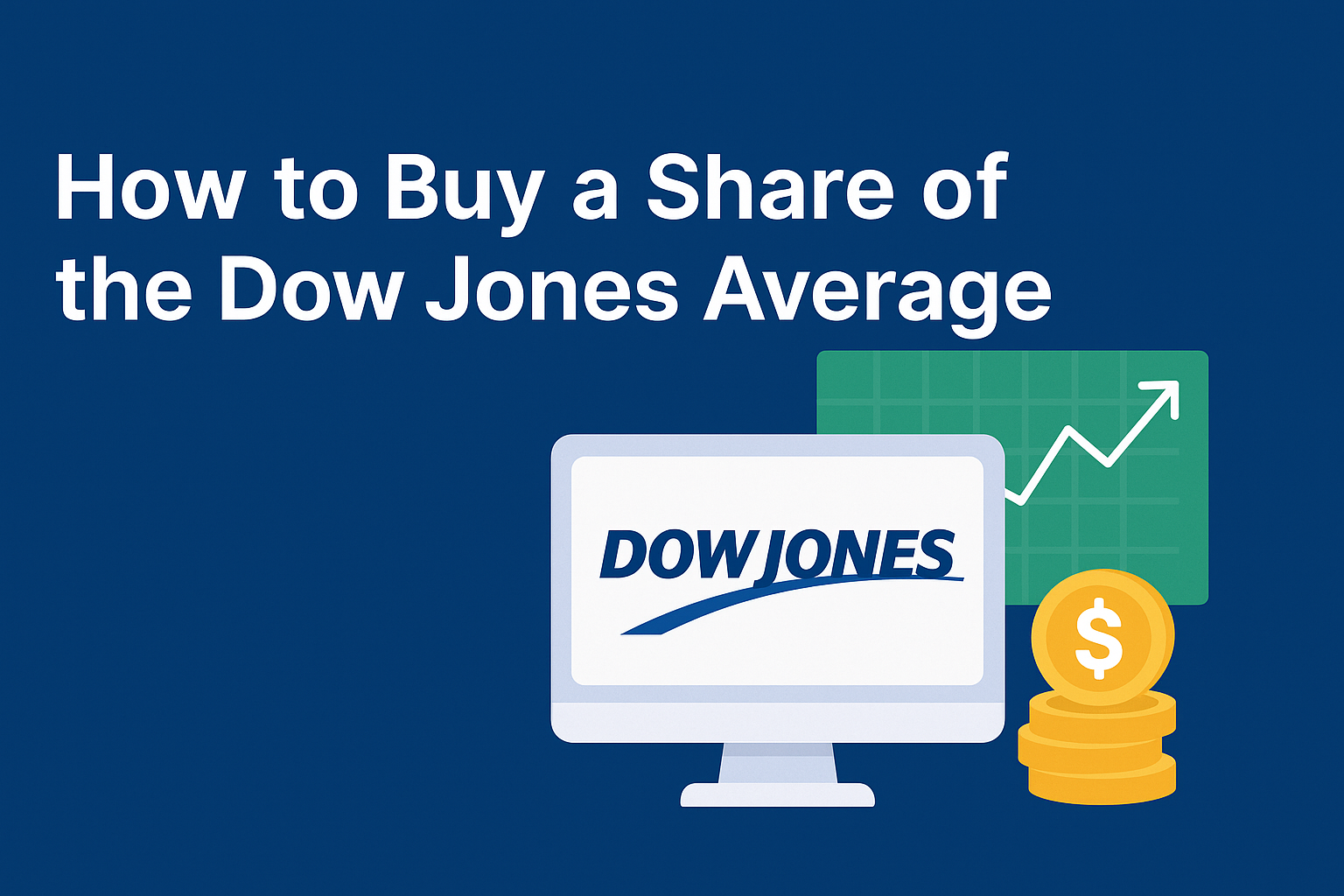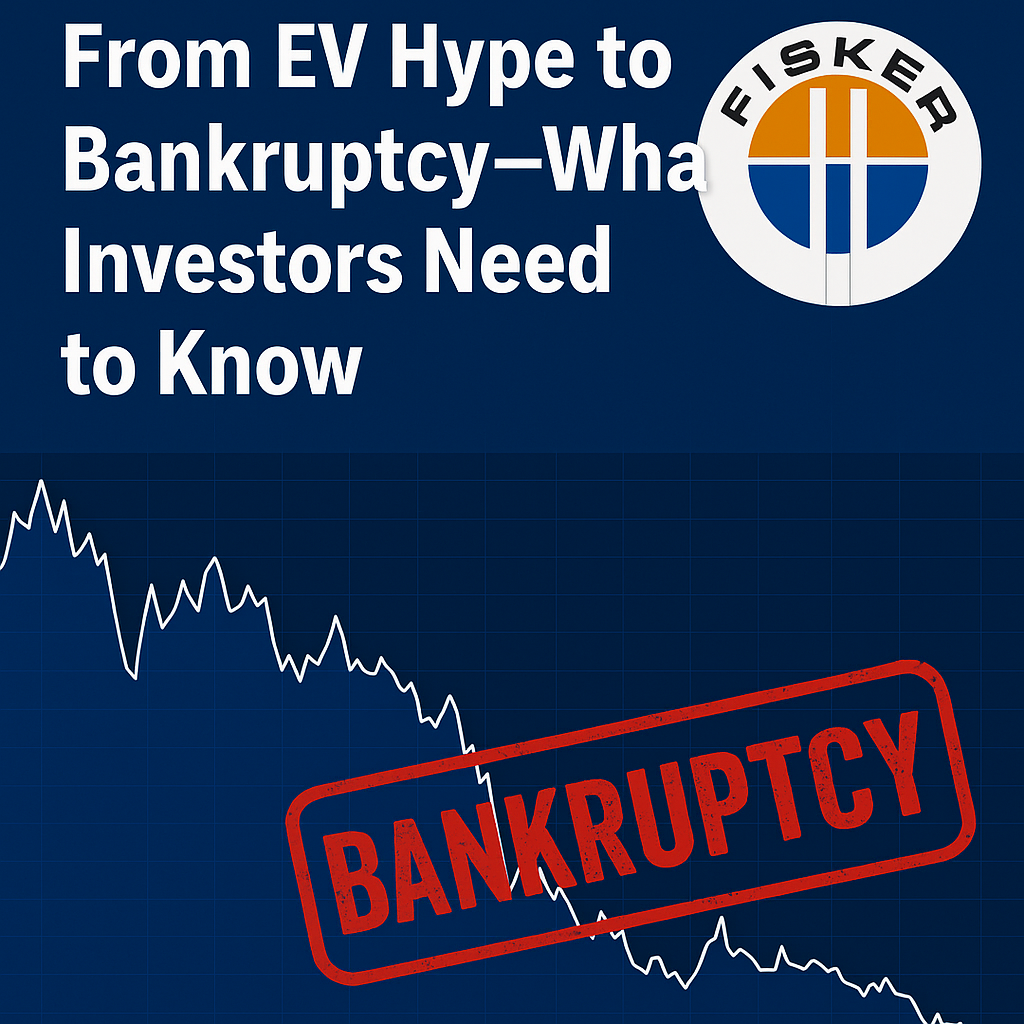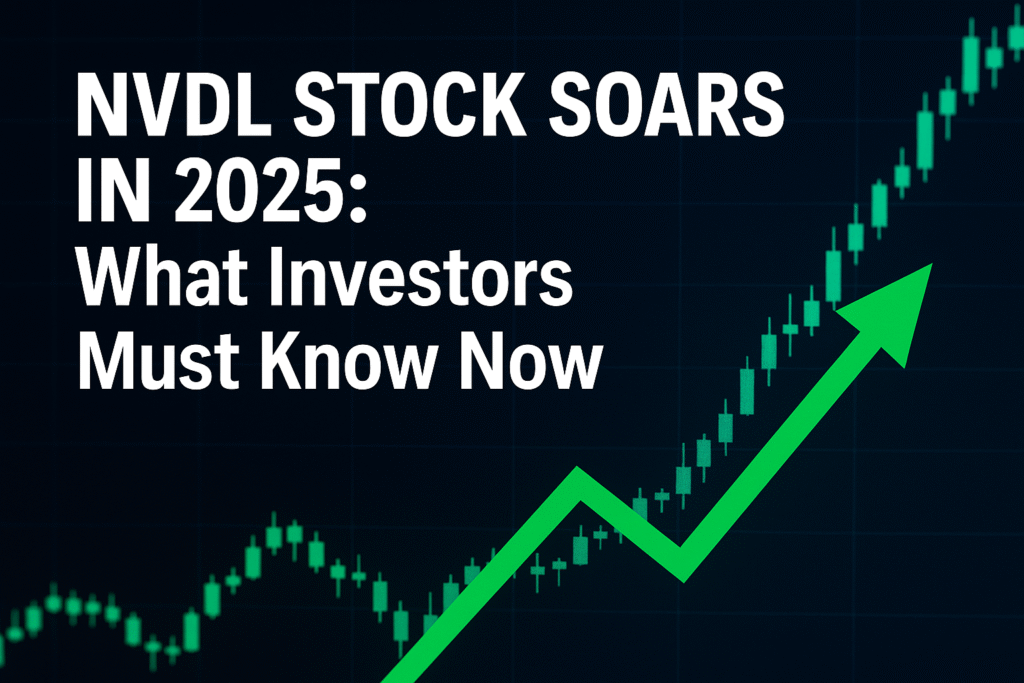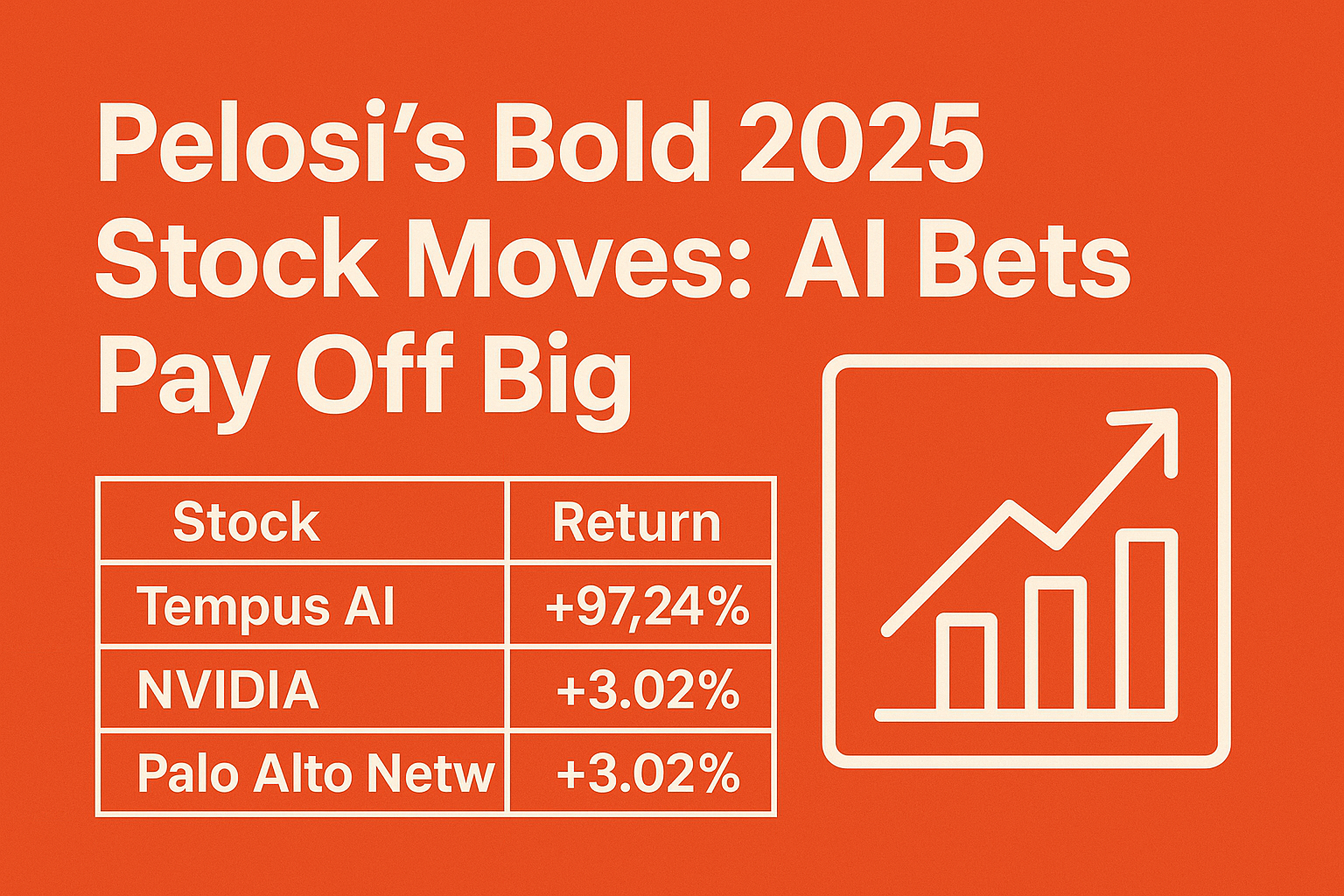Ever wondered why a stock’s price moves up or down? Learn how supply, demand, news, earnings, and market psychology shape stock prices in the U.S. stock market.
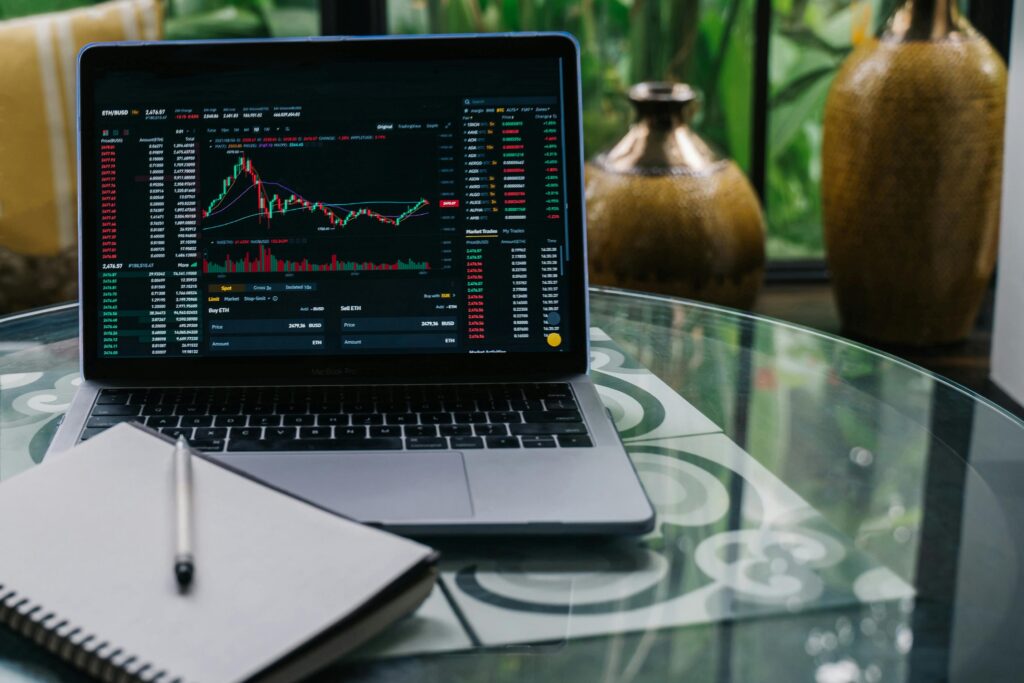
Why Stock Prices Rise and Fall: Explained for Everyday Investors
Stock prices don’t move randomly. Every rise or fall has a reason — sometimes small, sometimes big. This article simplifies how the stock market works and why stock prices change, using clear language and real-world examples for U.S. investors.
What Makes a Stock Price Move?
At the most basic level, stock prices move because of supply and demand. If more people want to buy a stock than sell it, the price goes up. If more people want to sell than buy, the price goes down.
| Factor | Effect on Stock Price | Reason |
|---|---|---|
| Positive earnings | 📈 Rise | Signals the company is making more profit |
| Bad news/scandals | 📉 Fall | Reduces investor confidence |
| High demand (hype) | 📈 Rise | More buyers than sellers |
| Low demand | 📉 Fall | More sellers than buyers |
| Interest rate hikes | 📉 Fall | Makes borrowing costly for businesses |
| Market optimism | 📈 Rise | General confidence in economy or sector |
Psychology Drives Price Too
The stock market is not just numbers — it’s people making decisions.
- Fear and panic can cause rapid selling.
- Hype and FOMO (Fear of Missing Out) can cause rapid buying.
- Herd behavior causes people to buy when others are buying.
This is why sometimes, even if a company is doing well, the stock might fall — because investors are reacting to other things like rumors, fear, or macroeconomic factors.
News Impacts Prices Instantly
News plays a huge role. Here are some examples of how news affects stocks:
| News Type | Impact on Price | Example |
|---|---|---|
| Company earnings beat | 📈 Positive | Apple announces higher-than-expected profits |
| CEO resignation | 📉 Negative | Sudden exit of a trusted leader |
| Interest rate cut by Fed | 📈 Positive (short-term) | Encourages spending and investing |
| Trade war or conflict | 📉 Negative | Increases uncertainty and risk |
| FDA approval for a drug | 📈 Positive | Boosts biotech company stock |
Historical Example: Tesla
Let’s take Tesla as a case study.
| Date | Event | Price Movement |
|---|---|---|
| Q4 2019 | Strong earnings and profits | 📈 Surge |
| March 2020 | COVID-19 panic | 📉 Sharp drop |
| Nov 2021 | Elon Musk sells shares | 📉 Decline |
| Early 2023 | EV market optimism returns | 📈 Increase |
This shows how news, earnings, and even one person’s actions (like Elon Musk) can move the stock.
Supply and Demand in Action
Let’s say:
- There are 1,000 shares available.
- 800 people want to buy, but only 500 want to sell.
This means demand > supply. The stock price goes up because buyers compete and offer more to get the shares.
Now reverse it:
- 200 buyers, 500 sellers.
- Too much supply and not enough demand → price falls.
What About the Future?
Stock prices will always move because the world is changing. Technology, regulations, wars, climate — everything can play a role.
To predict future price movements, analysts look at:
- Earnings reports
- Economic indicators (like GDP, inflation, interest rates)
- Technical charts
- Sector performance
However, no one can predict prices perfectly. Even top experts often get it wrong.
Key Takeaways
- Stock prices rise or fall due to demand and supply.
- News, earnings, interest rates, and emotions all play a role.
- You don’t need to predict price — you need to manage risk.
Disclaimer
This article is for educational purposes only. It does not offer financial advice or recommendations. Stock market investments carry risks, and past performance is not a guarantee of future returns. Please consult a licensed financial advisor before making investment decisions.
